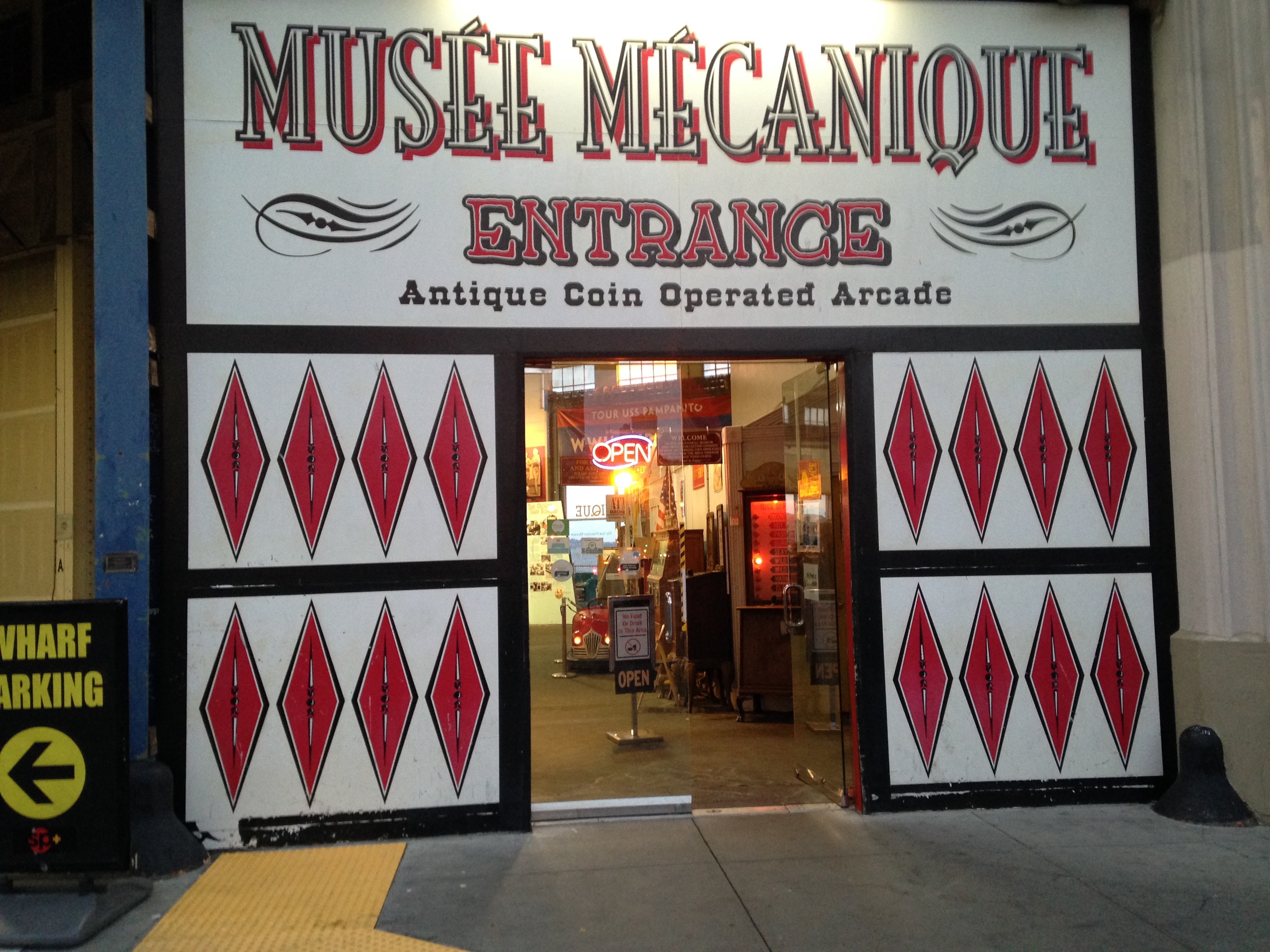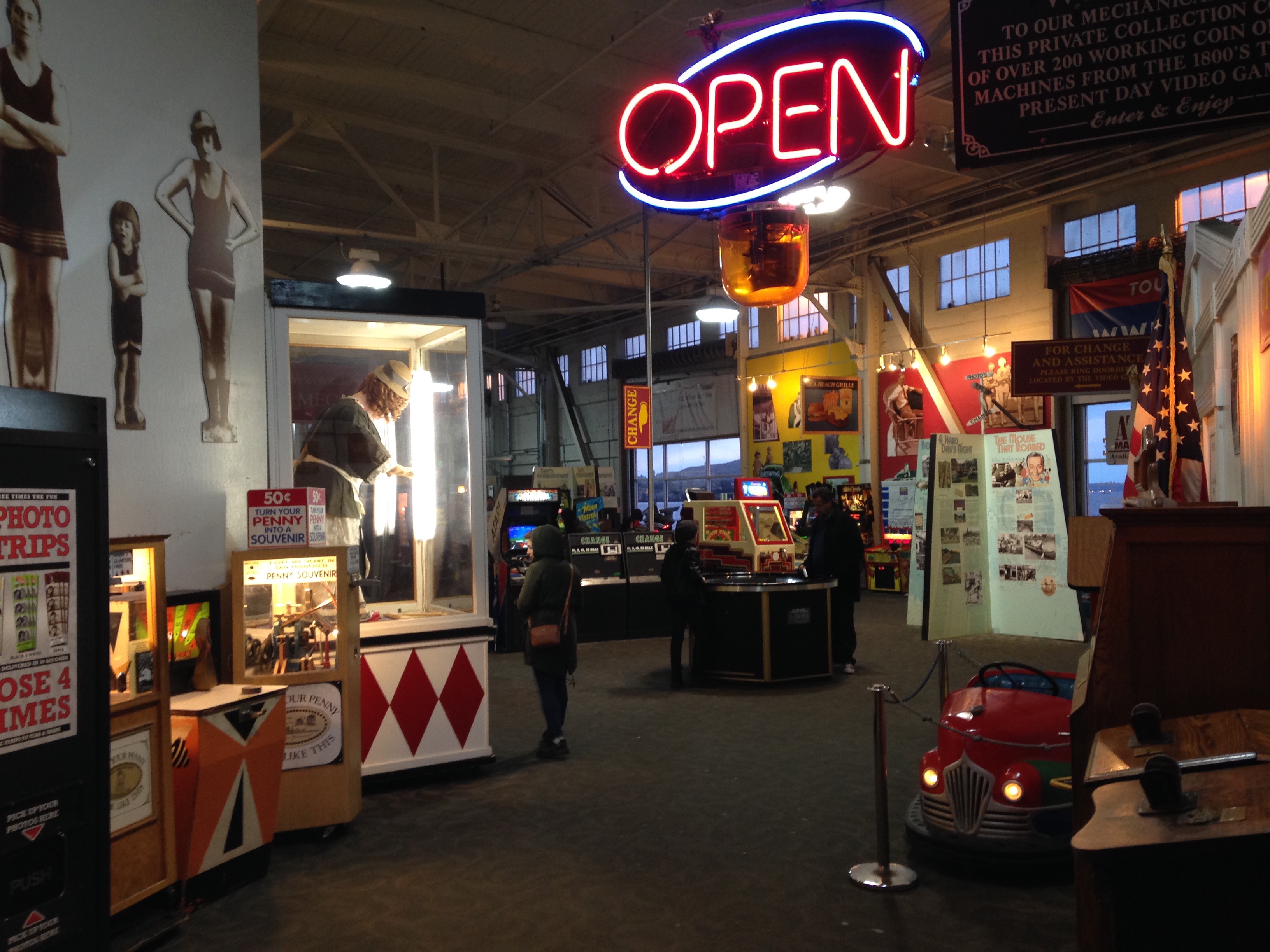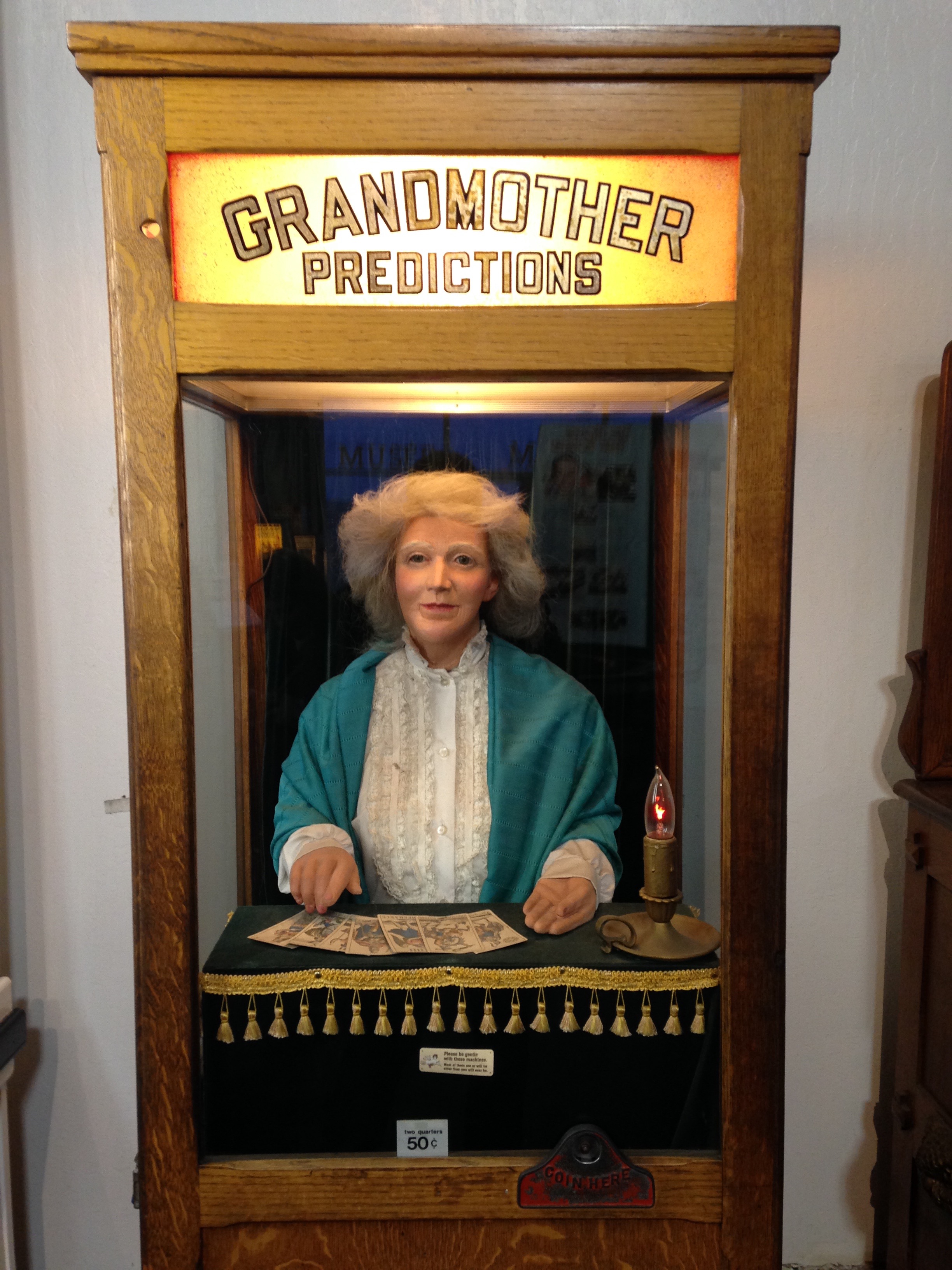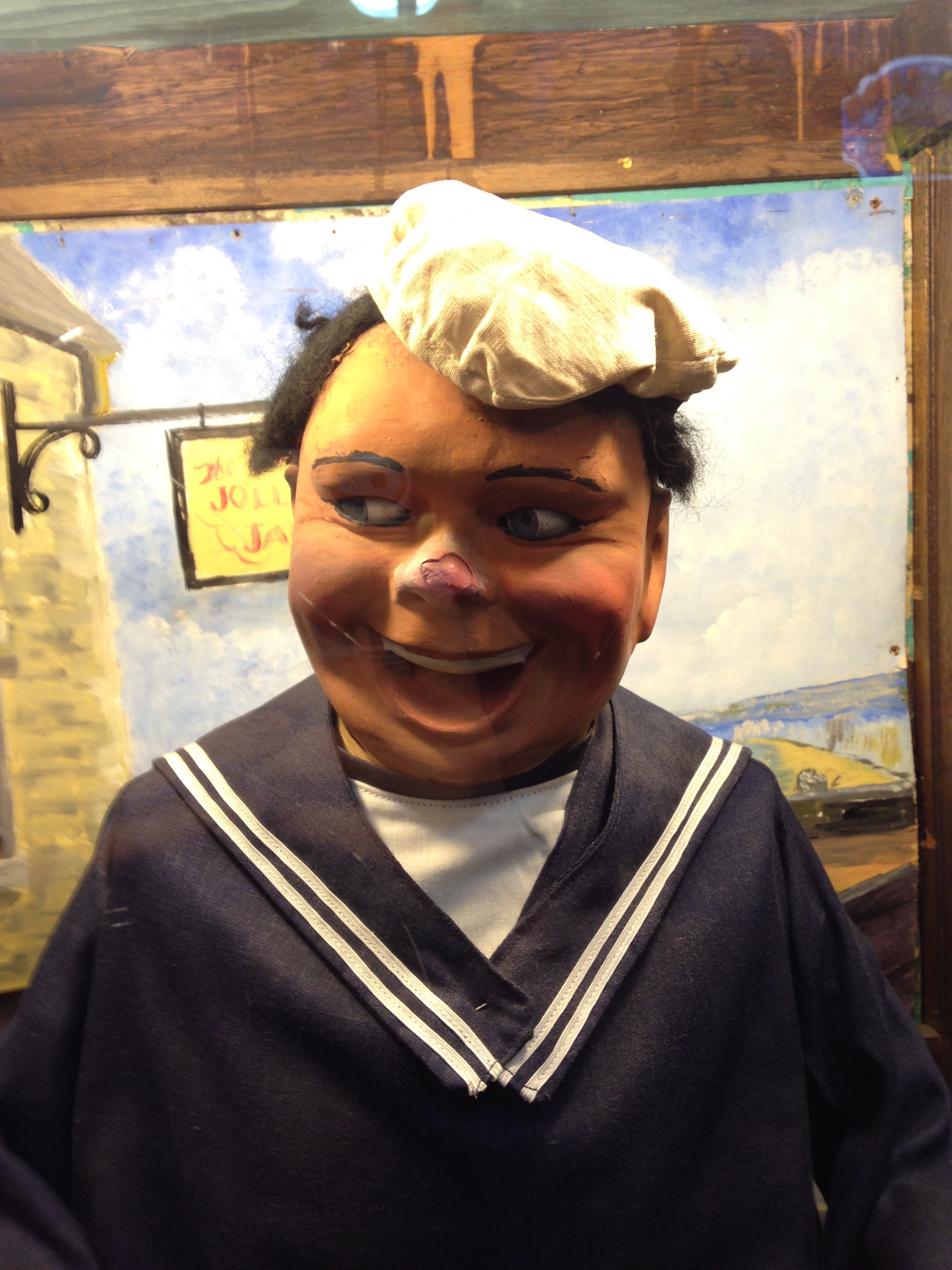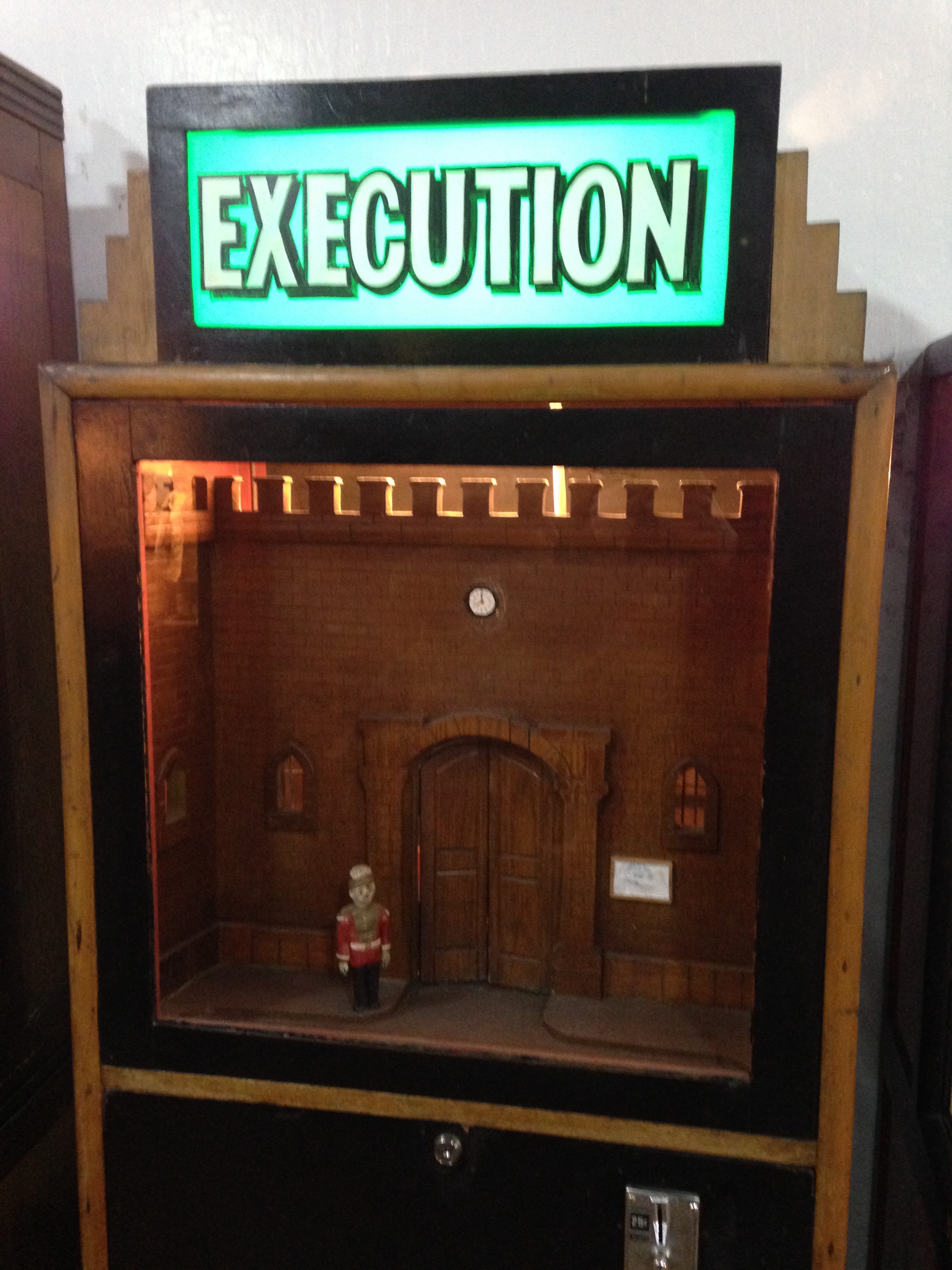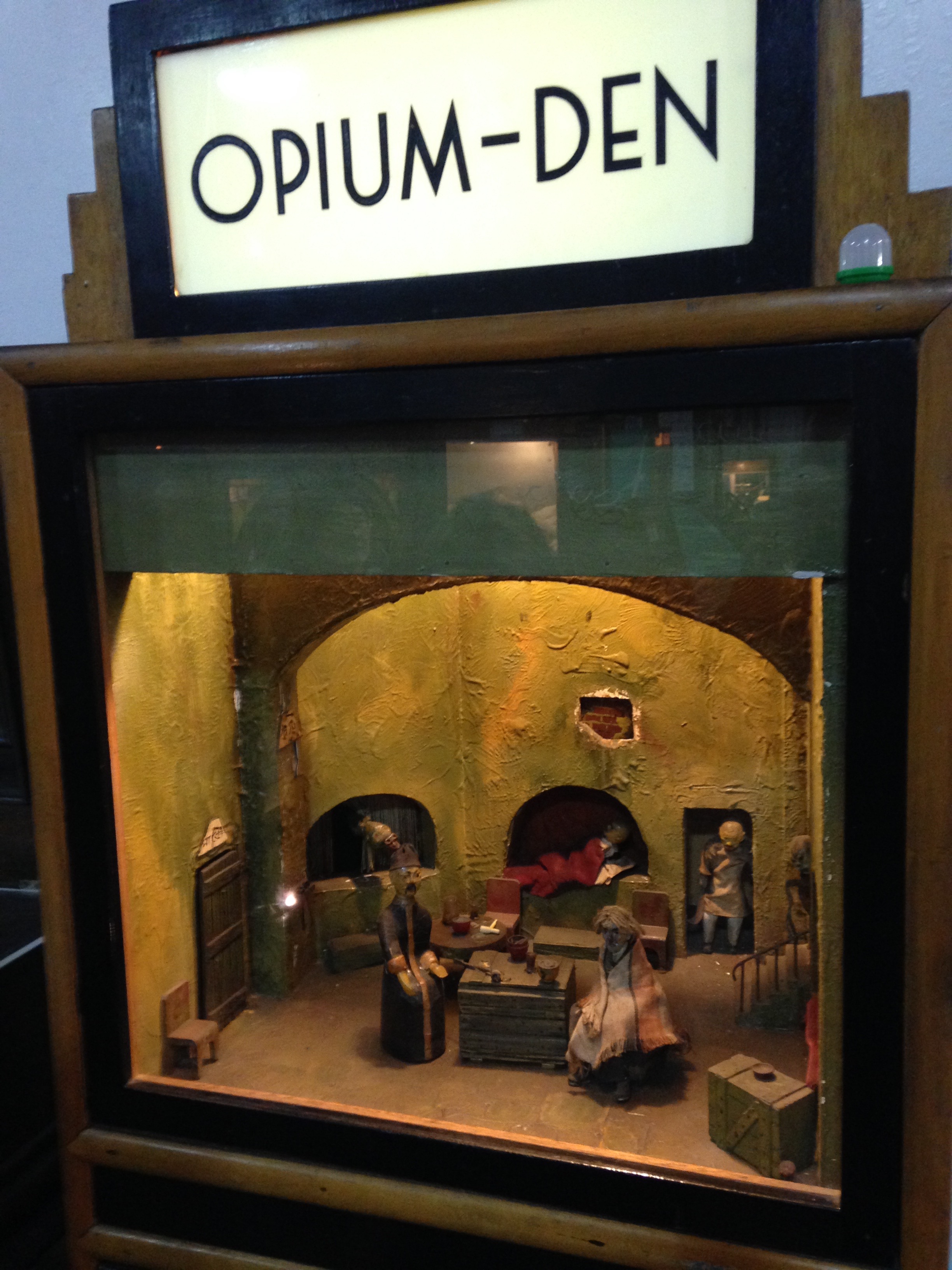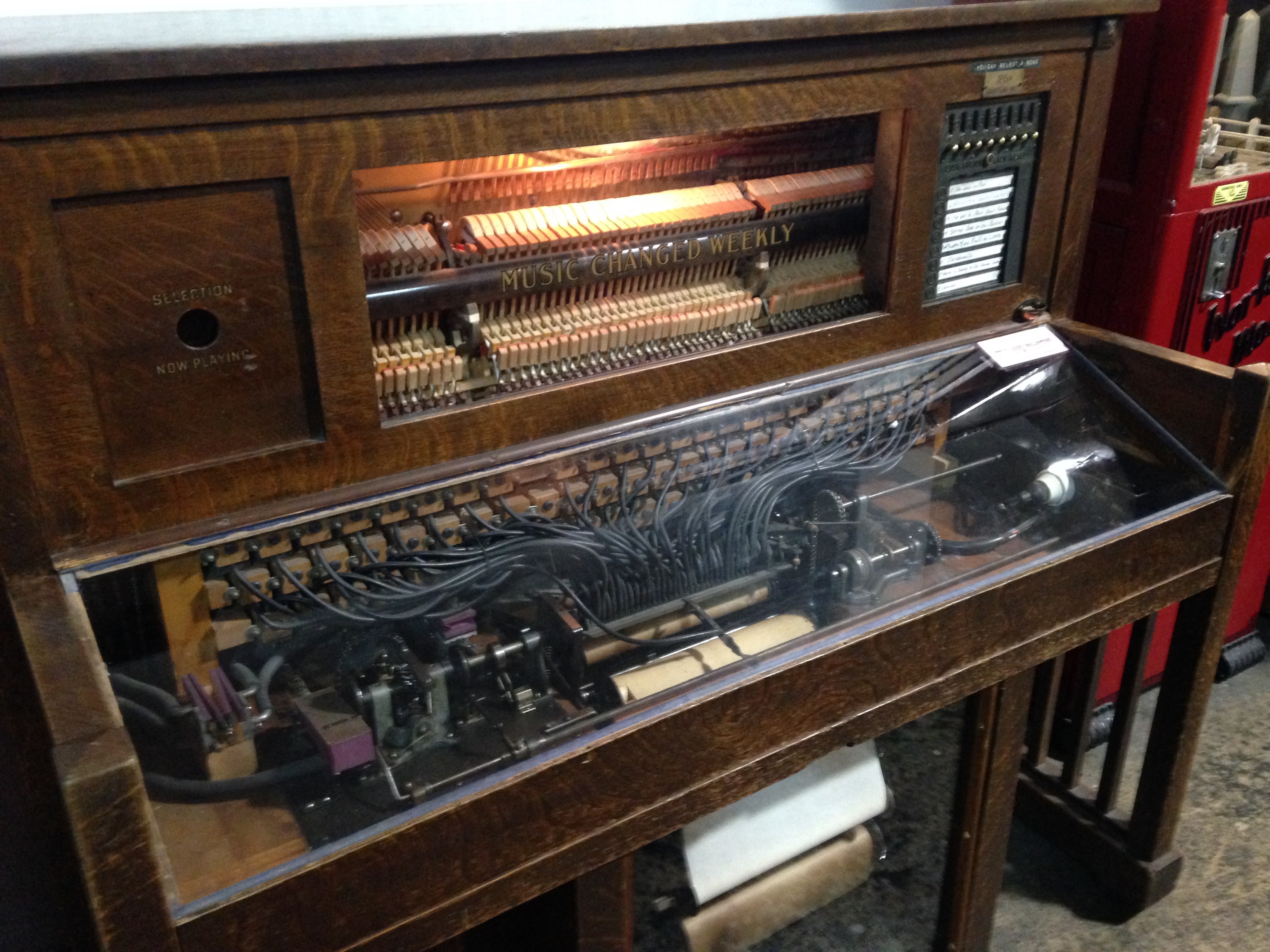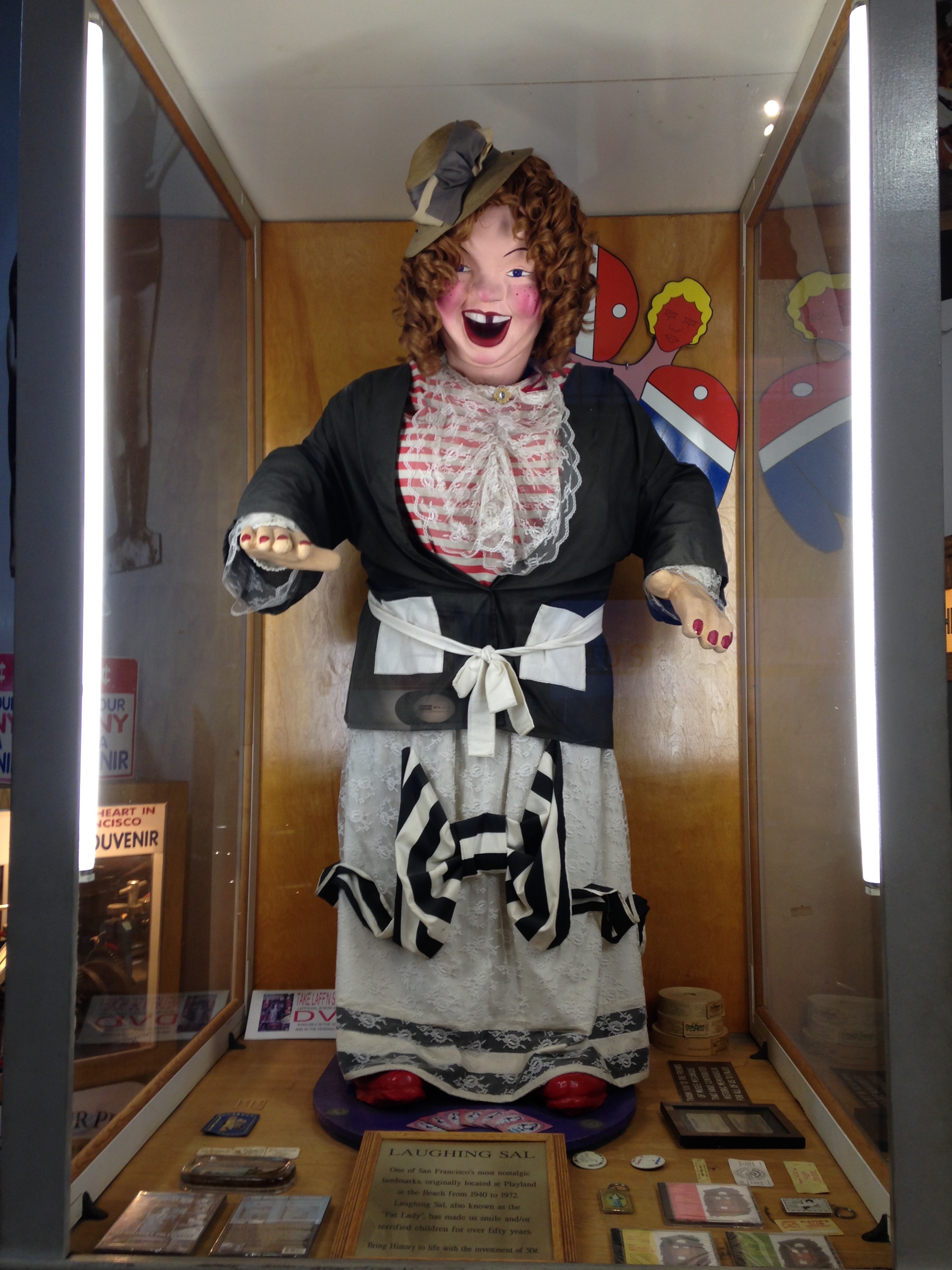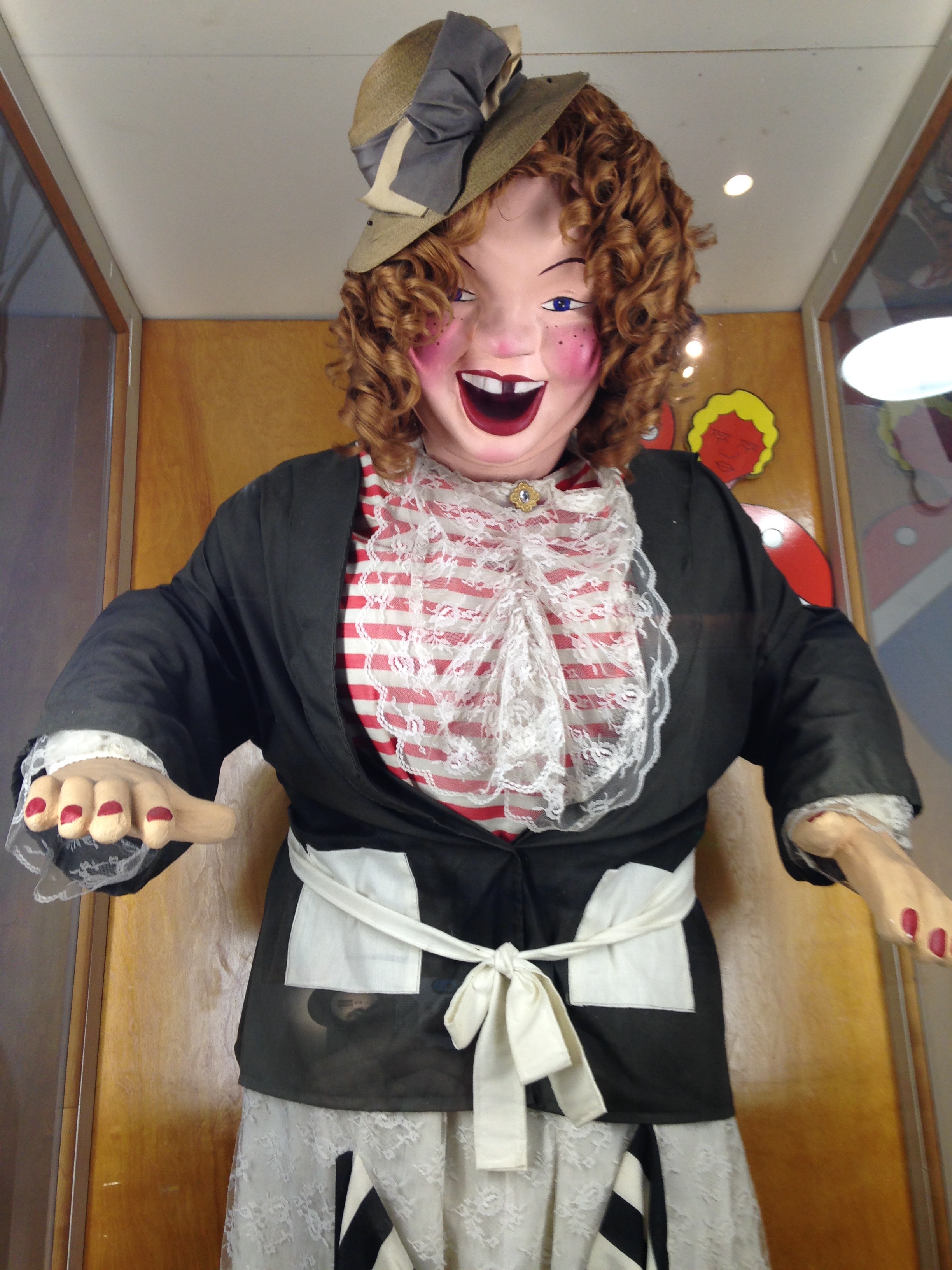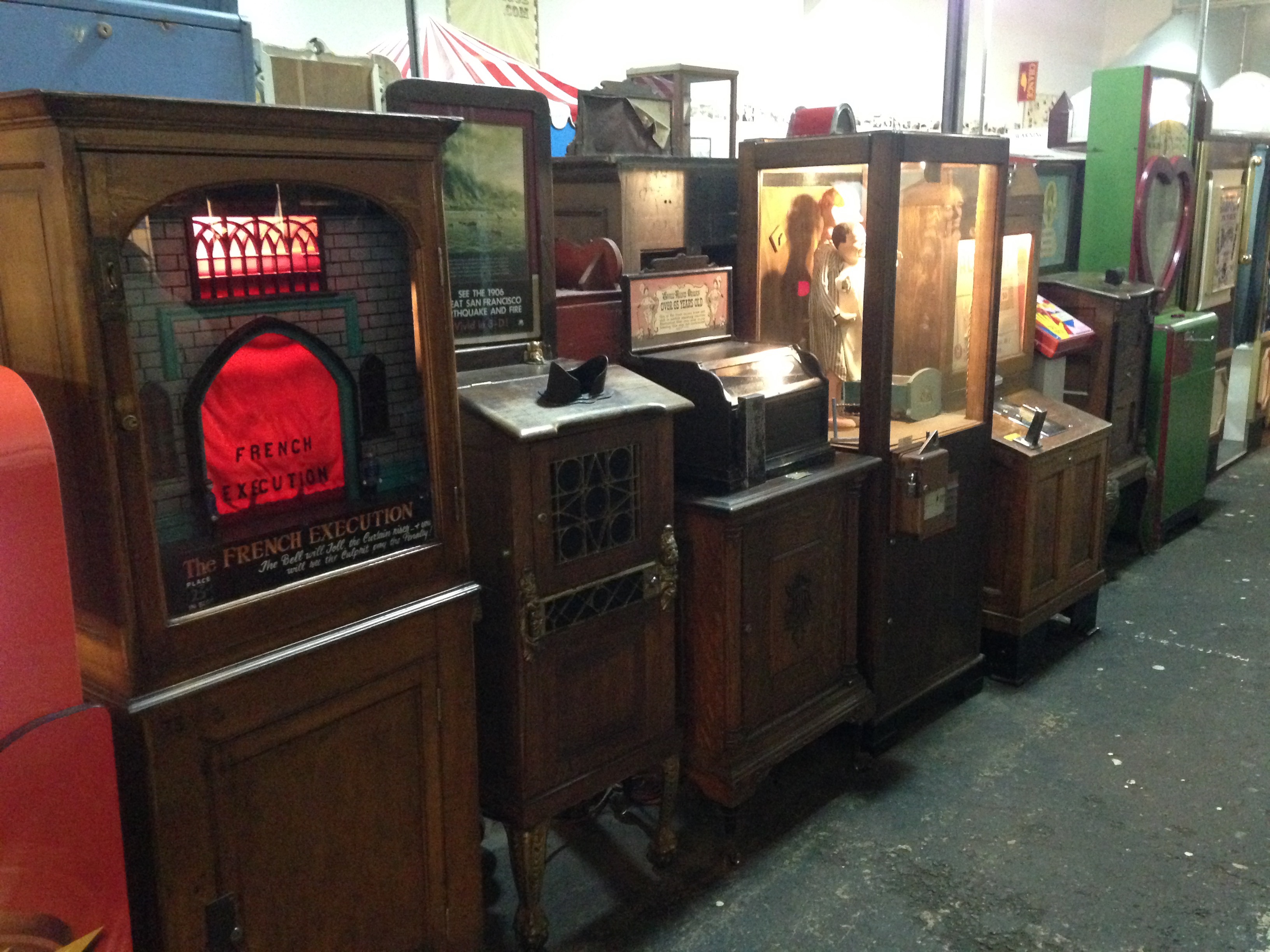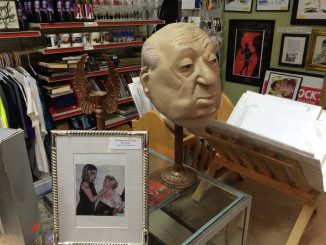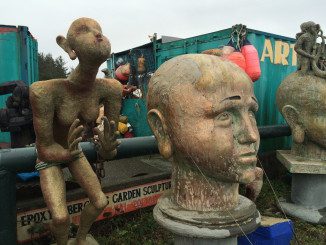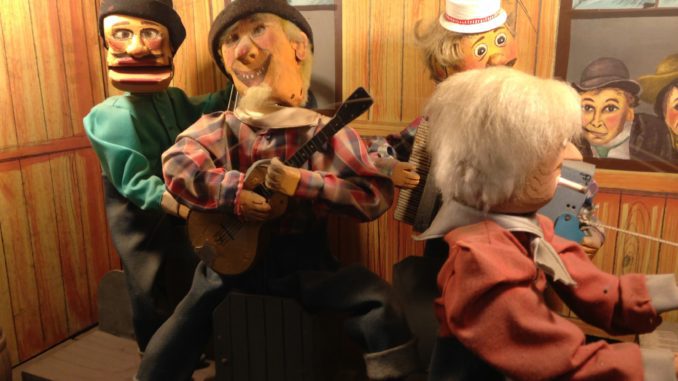
Alright, I get it; Fisherman's Wharf in San Francisco, often considered a chaotic haven for tourists, is notorious for its clueless crowds, overpriced dining, and street performers mimicking automatons. Yet, amidst the clamor and the incessant barks of seals, there exists something truly unique and special for the locals: the Musee Mecanique, also known as The Mechanical Museum.
So, what does a mechanical museum contribute to the world? Unlike traditional museums such as the Natural History or Art Museum, its contents are not highbrow or straightforward for the masses. Within the confines of a generously spacious building, the museum houses one of the most extensive collections of antique arcade machines and mechanically operated musical instruments ever assembled. We're talking about a couple of hundred machines, all in remarkably good condition and fully operational, ready to entertain and terrify you, all for the price of a single quarter.
However, these machines are not your typical Mortal Kombat or Donkey Kong. Most are relics from the distant past, reminiscent of a bygone era that, much like some aspects of our history, can be quite bizarre and, at times, downright disturbing. Despite this, they all share one common trait – simplicity in operation. I use the term "play" loosely here because inserting a quarter to watch a puppet dance for 30 seconds may not precisely fit the traditional gaming definition. The museum is more of a pay-to-watch, offering a series of quick, surreal vignettes that prove to be worth the money due to their perplexing and unique nature
Imagine paying 25 cents to witness a large gentleman burst into manic laughter—yes, please, sign me up for that experience!
Or perhaps parting with a quarter to witness an enactment of a man being executed. Surreal, right? I’m in!
And then there's OPIUM DEN – the game!!! It's uncertain whether such themes would fly in our world today; games from a different era, indeed.
Nestled in the recesses of the museum, you'll find a section dedicated to musical instruments from days gone by. Mirroring the concept of their gaming counterparts, these instruments offer more than just eerie animatronic motions—they enchant you with self-playing tunes. If the idea of a ghostly piano serenading you with a lively diddy from the 1930s tickles your fancy, then you're in for a real treat.
One notable aspect worth mentioning is the sheer volume of the place; it’s loud in here. With the bustling crowds—of which there are aplenty—the accompanying music of our ghost instruments wailing, and the fact that most machines unexpectedly barf out random screams and horrific shrieks, the atmosphere is a circus that resembles a fusion of an arcade mixed with a haunted house. However, amidst this chaos, there's one entity that reigns supreme in terms of decibels, also holding the esteemed title of one of the museum's prized specimens: Laffing Sal.
A true national treasure, Sal served as a beloved funhouse attraction during the early 20th century, captivating audiences with her eerie appearance and relentless laughter. She's an audio-animatronic marvel, cackling incessantly—first a laugh, then another, and yet another—making her an object of fascination, especially considering her scarcity. Acquiring one, as evidenced by a reported 50k bid for the Santa Cruz pier's Sal, is no small feat, attesting to her high demand and rarity.
100% nightmare fuel.
Despite the constant auditory onslaught and the minor cost associated with operating the machines, the experience of strolling through the museum grounds is free—a breath of fresh air in these parts. Moreover, the allure of witnessing the eccentricities of the gaming world in days gone by is compelling enough to keep me coming back, demonstrating that the sheer oddity and nostalgia of the place are worth the modest financial investment.
HOW THE HELL DID THIS HAPPEN?
At the turn of the 20th century, the madness began when owner/curator Ed Zelinsky started collecting old arcade machines at the tender age of 11. As the collection expanded beyond control, the concept of establishing a public museum to house it all was conceived.
The museum underwent several relocations before finding its current home amidst the upscale seafood and tourist hubbub of Pier 45. Its journey started with an exhibit in San Francisco's renowned amusement park, Playland, in 1920, creating quite a buzz in the town. Following a series of moves, the museum found residence in the basement of SF's Cliff House before being relocated to a recreation area for a few decades. Finally, in 2002, it settled into its permanent home at Fisherman's Wharf. Much like the vintage games it houses, the museum itself has been on quite a journey, traversing various locations over the years.
Now helmed by Ed's son, Dave, who aptly notes, "To the generation before, these were the video games," the museum holds a nostalgic charm. Many visitors, upon walking through the door, feel like they are stepping back in time, reconnecting with a part of their childhood. Dave's sentiment perfectly captures the essence of the museum's role in preserving and revisiting the bygone era of arcade gaming.

